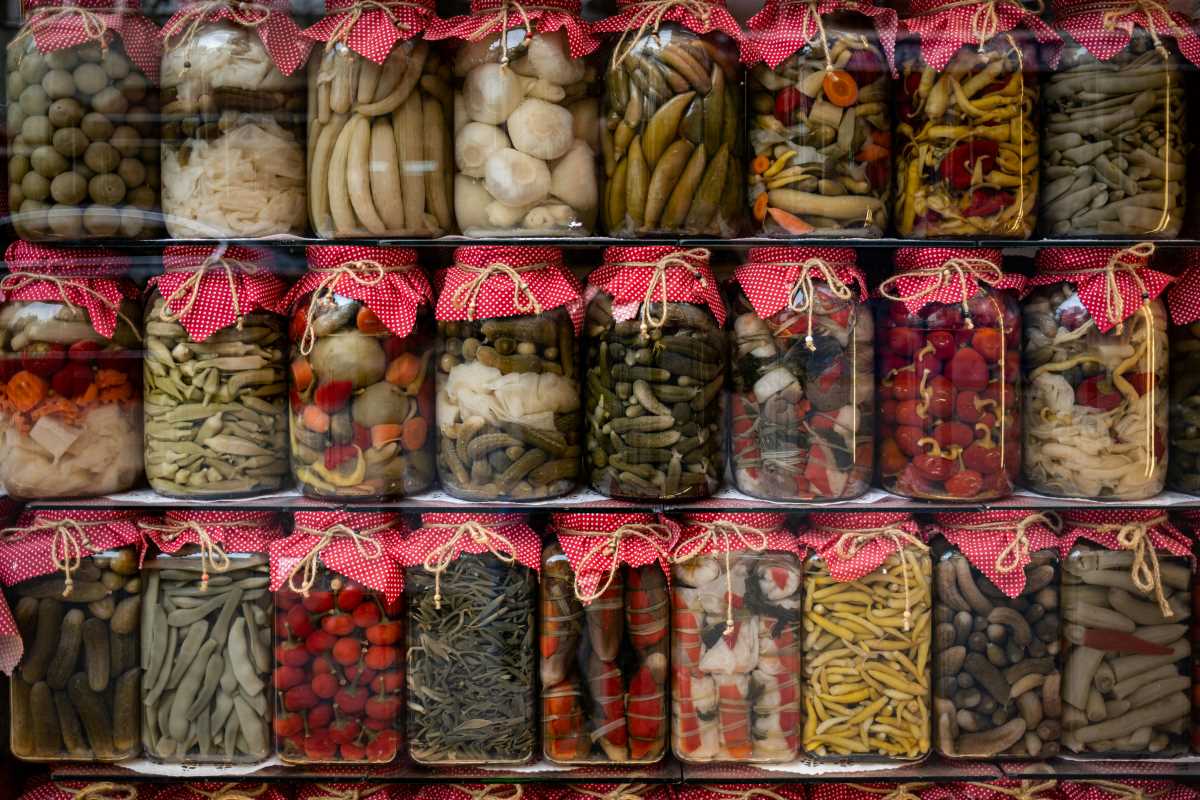Baking sourdough with ancient grains invites you to explore new flavors and textures in your kitchen. Grains such as einkorn, spelt, and emmer create loaves with a rich, nutty taste and a satisfying chew that set them apart from traditional white bread. By blending these flours, you uncover a world of deeper, more interesting aromas while enjoying the added benefit of improved nutrition. Begin with a dependable starter, pay close attention to each step, and savor the moment as you remove a golden, rustic loaf from your oven, ready to share and enjoy.
You will build confidence pastry by pastry, experimenting with hydration and fermentation times to match your kitchen’s temperature. Once you see that perfect bloom, crisp crust, and open crumb, you’ll realize your efforts pay off.
What Are Ancient Grains for Sourdough
Ancient grains have unique characteristics compared to modern wheat. They often contain higher protein, more minerals, and a rich aroma. When you familiarize yourself with their quirks, you’ll know exactly how to blend them for a balanced sourdough. Here are some popular choices:
- Einkorn: Delicate gluten structure, floral flavor.
- Spelt: Earthy taste, good for tighter crumb.
- Emmer: Nutty profile, holds shape well.
- Khorasan: Butter-like aroma, golden hue.
Each grain behaves differently during fermentation. You might need to adjust water levels or fermentation time to avoid a dense loaf. Experiment with small batches until you nail the right texture and taste.
Preparing Your Sourdough Starter
A lively starter forms the heart of every loaf. You will build a robust culture by feeding flour and water at regular intervals. Follow this sequence to keep your starter happy:
- Combine equal weights of flour and water in a jar.
- Stir vigorously to incorporate air and break up clumps.
- Cover loosely and leave at room temperature for 12–24 hours.
- Discard half of the starter and feed again with fresh flour and water.
- Repeat feeding every 12 hours until you see bubbles and rise within 6 hours of feeding.
Store your mature starter in the fridge if you bake less often. Before baking day, bring it back to room temperature and feed it twice so it powers up nicely.
Watch for these signs of readiness: a domed surface, a honeycomb network of bubbles, and a slight tang when tasted. If it sinks quickly after peaking, you may need another feed before using.
Incorporate Ancient Grains into Your Dough
Mixing ancient grains into dough changes hydration needs because these flours can absorb more water. To keep things manageable, start by substituting 20 percent of your total flour weight with an ancient grain. Adjust water in small increments—about 10 grams at a time—until the dough feels slightly tacky but not sticky.
Combine flours gently—too much mixing tears developing gluten strands, leading to a dense crumb. Aim for a shaggy mass before moving on to stretch-and-fold sessions during bulk fermentation.
Kneading, Proofing, and Shaping Techniques
Getting a good rise depends on proper handling rather than brute kneading. After autolyse, perform a series of stretch-and-fold moves every 30 minutes over a two-hour span. Use these pointers:
- Keep your workspace lightly floured to avoid sticking but not over-dry the dough.
- Use a gentle scoop under the edge and fold it over to the center.
- Rotate the dough 90 degrees and repeat until you’ve folded all around.
- Let dough rest uncovered in a bowl between folds to tighten the gluten web.
During shaping, build surface tension by pulling the dough toward you on a lightly floured counter. A taut skin helps guide the loaf’s final shape in the banneton. Tuck edges beneath and seam-side up if you cold-proof in the fridge.
Baking and Troubleshooting Common Issues
Preheat your oven with a Dutch oven or baking stone inside. Aim for 450°F (230°C) so you get instant spring. Score your loaf with a sharp blade to direct expansion. Bake covered for 20 minutes, then remove the lid to crisp the crust for another 20–25 minutes.
Here’s how to address typical problems:
- Dense crumb: Ensure your starter is lively and fully active. Extend bulk fermentation slightly.
- Flat loaf: Increase hydration or add more stretch-and-fold sessions to strengthen the dough.
- Gummy texture: Bake a few minutes longer at the end or drop lid sooner to dry the interior.
- Pale crust: Open the oven door briefly for steam release or brush the loaf with water before baking.
Test doneness by tapping the bottom—listen for a hollow sound. Let the loaf rest on a rack to cool fully before slicing so the crumb sets properly.
Incorporating ancient grains adds flavor and nutrition to your sourdough. Experiment with feeding, hydration, and folding to create your signature loaf. Happy baking!
.jpeg) (Image via
(Image via





